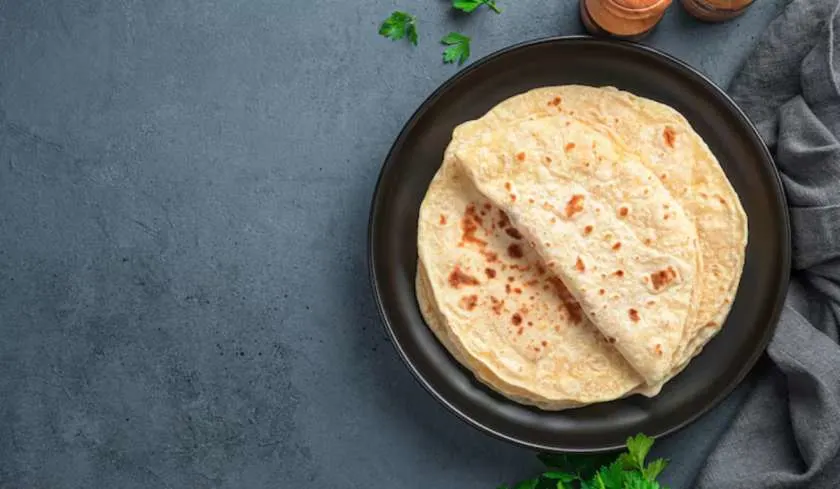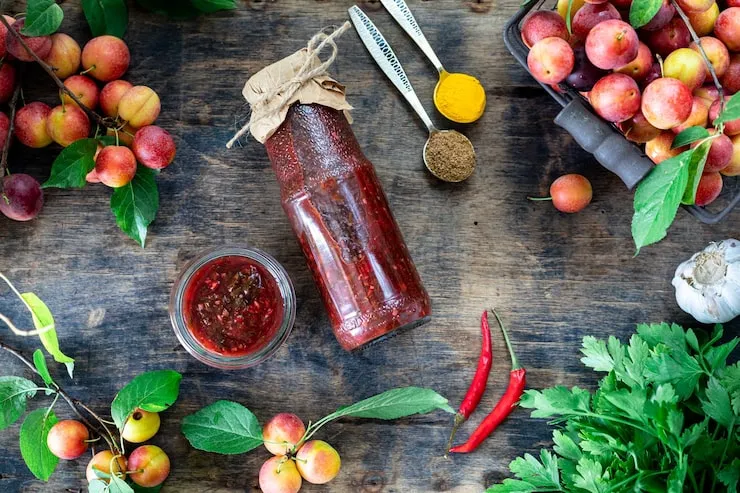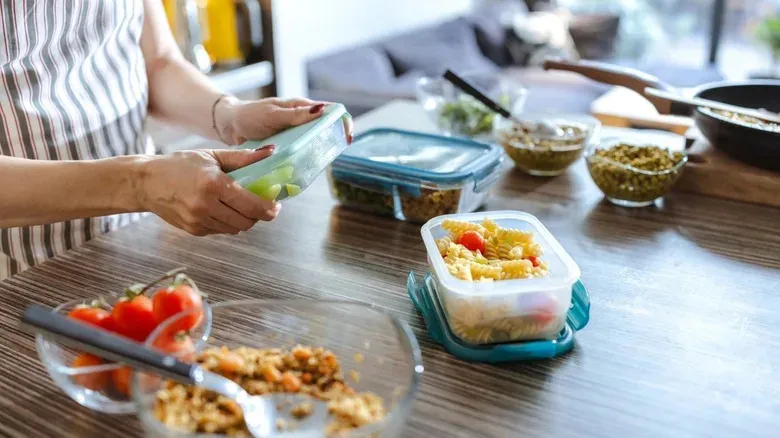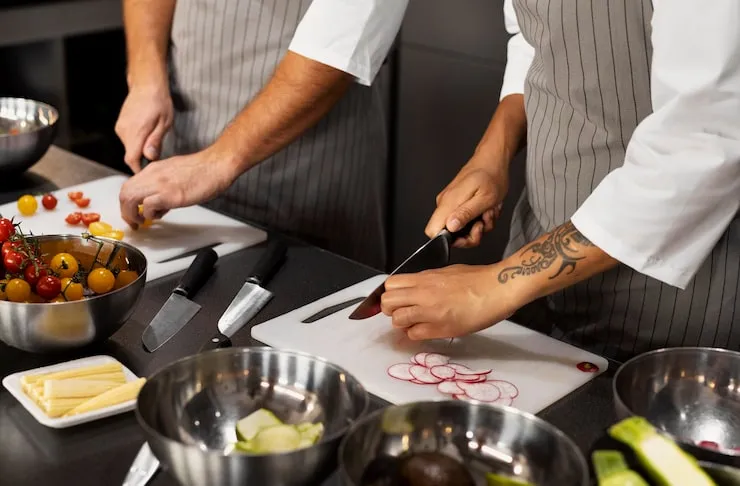The secret to the question of how to keep chapati soft for hours, is the right flour, the correct method of kneading, the correct method of cooking, and clever storing. Chapatis or rotis are a daily dish in Indian homes, and they occupy a significant place in lunch boxes, travel meals, and daily dinners.
One thing that most of them have in common is that they tend to get hard, chew, or dry up after a few hours. Using easy but useful tricks of making chapati soft and adhering to certain tips of home-storing chapati, you will have the chance to have fluffy and soft rotis that stay fresh for hours after cooking.
We will talk about all of it in this step-by-step guide, including how to prepare soft chapati back at home as well as various tricks that will ensure that they stay warm and edible without losing their crispness. Every stage, starting with the choice of flour, to the process of storage, has a significant role in making chapati soft. Let us discuss the ways of becoming a chapati-making expert.
How To Making Soft Chapatis at Home
Preparation of soft chapati at home also requires a lot, which depends on the way the dough is made. Fluffy rotis have a basis of dough. Excessively dry dough will result in crisp, hard chapati; excessively sticky dough will not roll correctly. The first thing to do to have soft chapati is to have the correct moisture and elasticity of the dough.
Read More: Late-Night Cravings in Goa
Key Steps for Soft Dough:
- Flour Choice: Whole wheat flour would be the best to use in the chapati because it is not digested, and it contains fiber that can trap the moisture. To provide additional elasticity, 1-2 tablespoons of refined flour (maida) is added.
- Material added to add Moisture: When kneading, add lukewarm water or warm milk. This assists in maintaining the softness of chapati in the long term. Softness may also be added by adding 12 teaspoons of curd.
- Fat Content: Add a teaspoon of ghee or oil during the kneading process of the flour so that you trap the moisture and also make the chappati smoother.
- Kneading Technique: Knead the dough; this process should last at least 8-10 minutes, until the dough becomes soft, pliable, and non-sticky.
- Resting Time: It is necessary to always leave the dough to rest between 20 and 30 minutes before rolling. Wet it with a piece of cloth to avoid drying.
It is possible to have well-kneaded dough that will guarantee your chapati stays soft for a few hours after cooking.
Tips for Fluffy Rotis
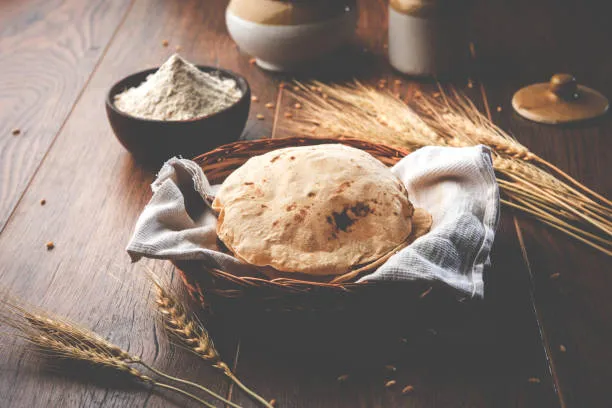
Assuming that you want your chapati to last longer, it is not in vain to add to your everyday cooking some simple tips to make your rotis fluffy:
- Roll chapati without making them too thick or too thin. Fat rotis have acquired a chewiness, and thin rotis dry very soon.
- Bake at medium levels rather than either high or low. Chapati cooks evenly when heated on medium heat.
- Allow chapatis to rise to the full extent. Puffing causes steam to be formed indoors, which lightens and softens the chapati.
- Rub ghee or butter over the cooking. This traps the moisture and does not cause the rotis to get rubbery.
Such minor changes in cooking make chapatis even softer and nicer to consume.
Chapati Softness Tricks
The cooking methods and immediate post-cooking treatment have a lot of influence on chapati texture. Some known tested tricks on how to make soft chapati to last for hours:
- Turn on the Heat: Turning on the heat makes the roti stiff, and the heat turns it dry. Medium heat works best.
- Apply a Hot Tawa: It is always advisable to heat the tawa and then put the raw chapati. This ensures proper puffing.
- Flip at the Right Moment: Flip once you find bubbles of light on one side only. Rotis in over-flicking are made leathery.
- Press Gently to Puff: Once the second flip has been made, press the sides with a spatula to get it to puff.
- Add Fat Right Away: The slight smear of ghee, butter, or oil just after cooking will keep it soft.
- Lay a Chapati on top of a Cotton cloth: Put the chapati in a casserole and cover with a lid. This maintains steam and makes them wet.
These steps would continuously provide you with restaurant-like soft chapatis at home.
Homemade Chapati Storage Tips
Storage is significant in case you would like chapati to be edible even after it is cooked. Even well-cooked chapati may lose its softness when it is stored in an uncontrolled manner. These are homemade chapati storage tips that are guaranteed to keep it fresh throughout the day:
- Apply Insulated Casseroles: Chapati should be kept soft by laying them in a casserole dish covered with a clean cotton cloth or paper towel. This keeps the warmth and does not make it dry.
- Foil Wrapping: Chapati should be covered with aluminum foil and used in the case of travel or lunchboxes. This helps them to remain soft and avoid air exposure.
- Foil + Tissue Method: In the case of lunchboxes, wrap each chapati in foil, and then wrap it with tissue paper. This avoids sogginess occasioned by steam trapped.
- Butter Paper Storage: Butter paper or parchment sheets should be inserted between rotis when preparing chapati in large quantities. This prevents their cohesion.
- No Plastic Bags: Chapati should not be stored in plastic bags because the steam enclosed in them is not healthy and makes the bag wet.
These storage options are particularly convenient in case of sending chapathis to school tiffins, office lunches, or while traveling.
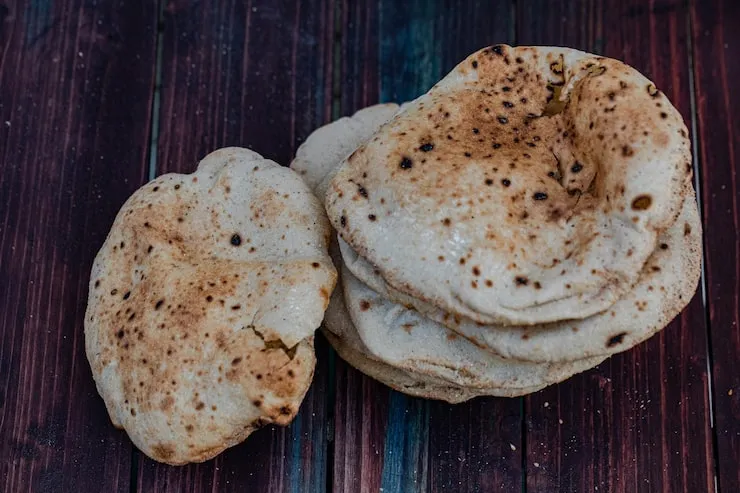
Why Do Chapatis Get Hard?
In case you tend to struggle with the issue of rotis being hard, then chances are that one or more of the following problems are present:
- The dough is either too strict or not set.
- Tawa was not already hot and then cooked.
- Overcooking of the chapati or using extremely high heat.
- The storage is without appropriate wrapping or insulation.
- Keeping chapati exposed after cooking causes it to lose moisture.
- It is possible to spot the point where you are not doing it right and rectify the error to make fluffy, soft chapati all the time.
Read Also: Morning Bliss in Kerala: The Classic Appam and Stew Combo
Extra Tips for Keeping Chapatis Soft Overnight
In other times, the chapati has to be packed away to be used the next day, either for breakfast or a journey. Here are some bonus hacks:
- When kneading the dough, add a spoonful of yogurt or milk. This preserves the longevity of chapatis.
- Prepare a bit thick chapati in case you want to keep it overnight, because the thin rotis are likely to dry easily.
- Keep them in a foil-wrapped airtight container.
- Warm once again the following morning in a hot tawa with a spoonful of ghee and then serve.
- These tricks will make sure that you do not lose the texture after many hours.
Conclusion
There is no secret behind learning the how to keep chapatis soft for hours once you know the science of dough, cooking, and storage. The trick is that the balance of moisture, heat, and conservation is flawless. Due to these chapati softness tips, how to make soft chapati at home, and having area-effective homemade chapati storage tips, you can make fluffy rotis that are still fresh, soft, and delicious after hours.
You can be cooking them to be eaten at home, at work, or on lengthy trips, but these tips will ensure that your chapati is delicious even though it has already been cooked for many hours ago. Under the proper practice, you need never have to set your hands to hard or rubbery chapatis again.



